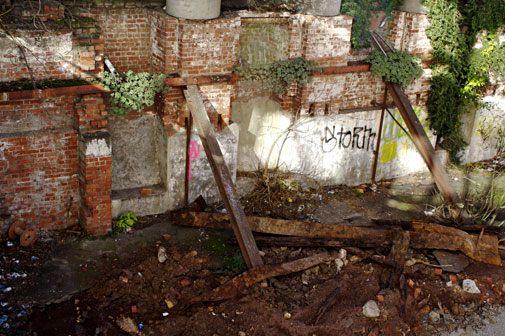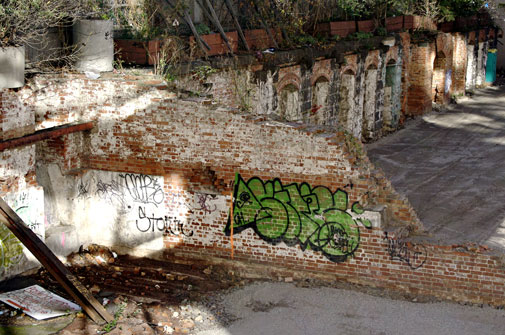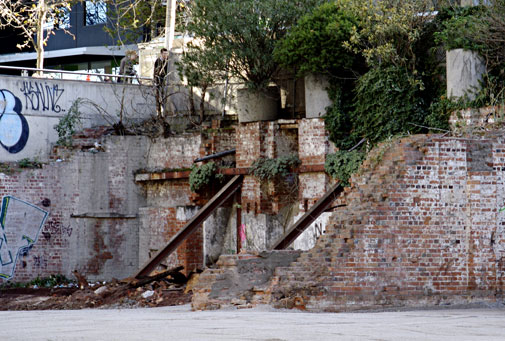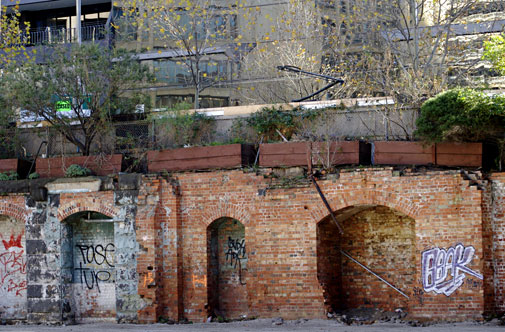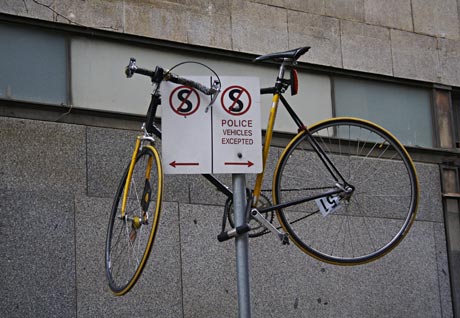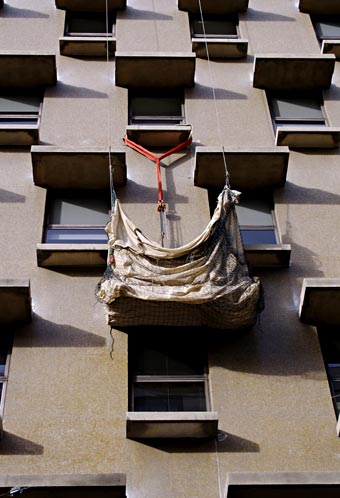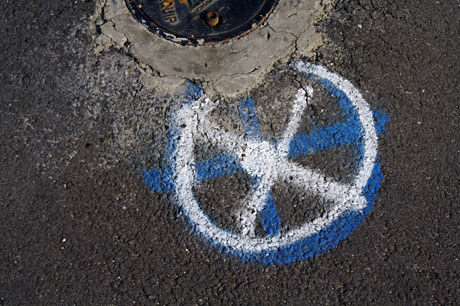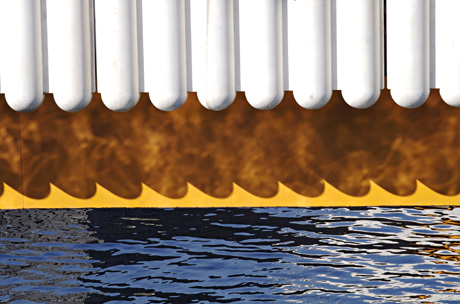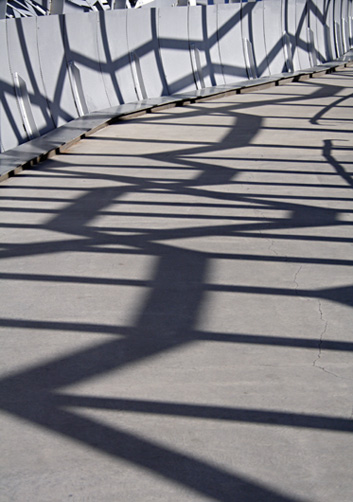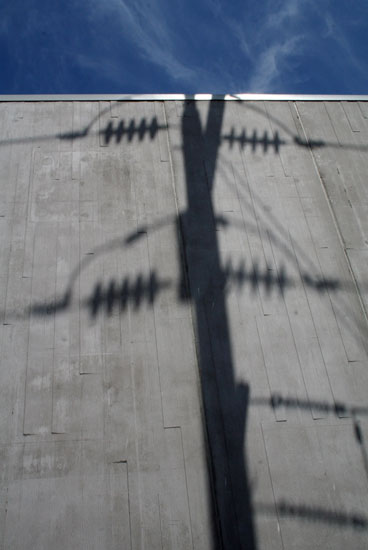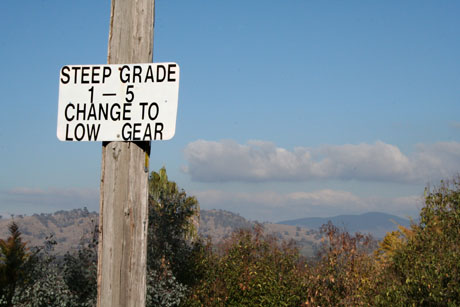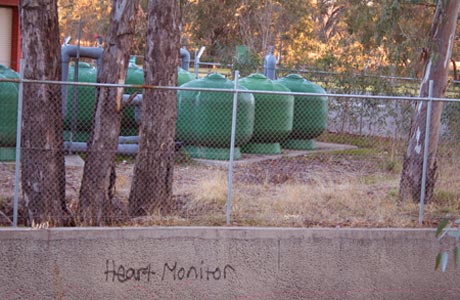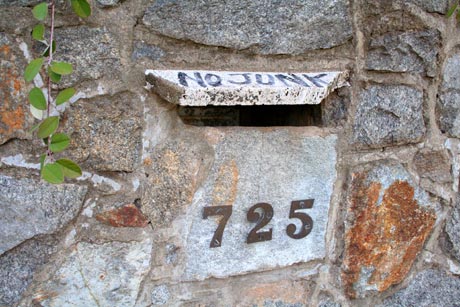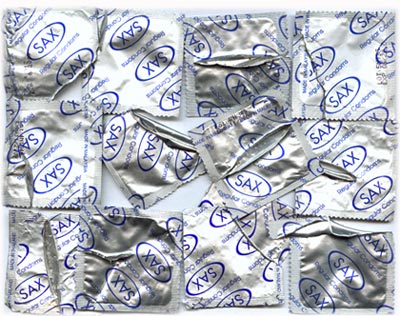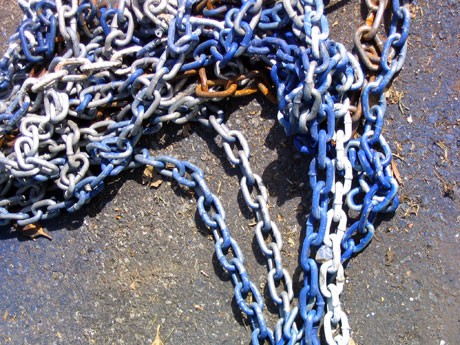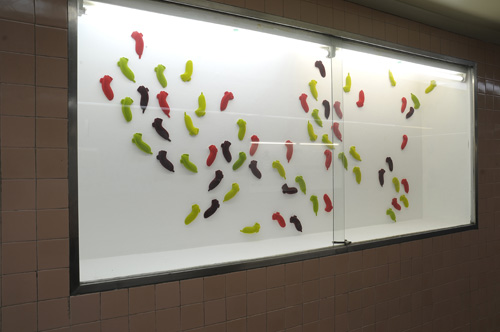
Wii – Namchuk 225 x 120 x 3 cms – acrylic and flock

Robbie the Robot and friends 225 x 120 x 3 cms – acrylic and flock
The 12 windows in Campbell Arcade will be packed with a collection of objects that have been cast from the empty spaces in plastic packaging. Each display window will have a different pattern: patterns of use that reference products that could have been sold in the now defunct department store: computer gear, toys, confection, etc. Other arrangements, mostly crowded, suggest movement and echo the way people pass through the arcade.
Apart from being a mad critique of mass production and the era of the $2 dollar shop. Rubbish Theory asks questions about what objects will survive and become meaningful beyond their looming use by date. How do changing tastes affect the meaning and value of an object? (1) How will this stuff be viewed in twenty years time? Will we laugh about the old technologies and the crap that filled our lives or will some of these objects have a new meanings and significance?
Photos:John Brash
(1) Rubbish Theory – the creation and destruction of meaning by Michael Thompson
RUBBISH THEORY: Julie Shiels
Platform – Degraves Street Subway (Campbell Arcade) Melbourne
EXHIBITION: 1 – 25 September 2009
OPENING: Friday 4 September 6-8pm

